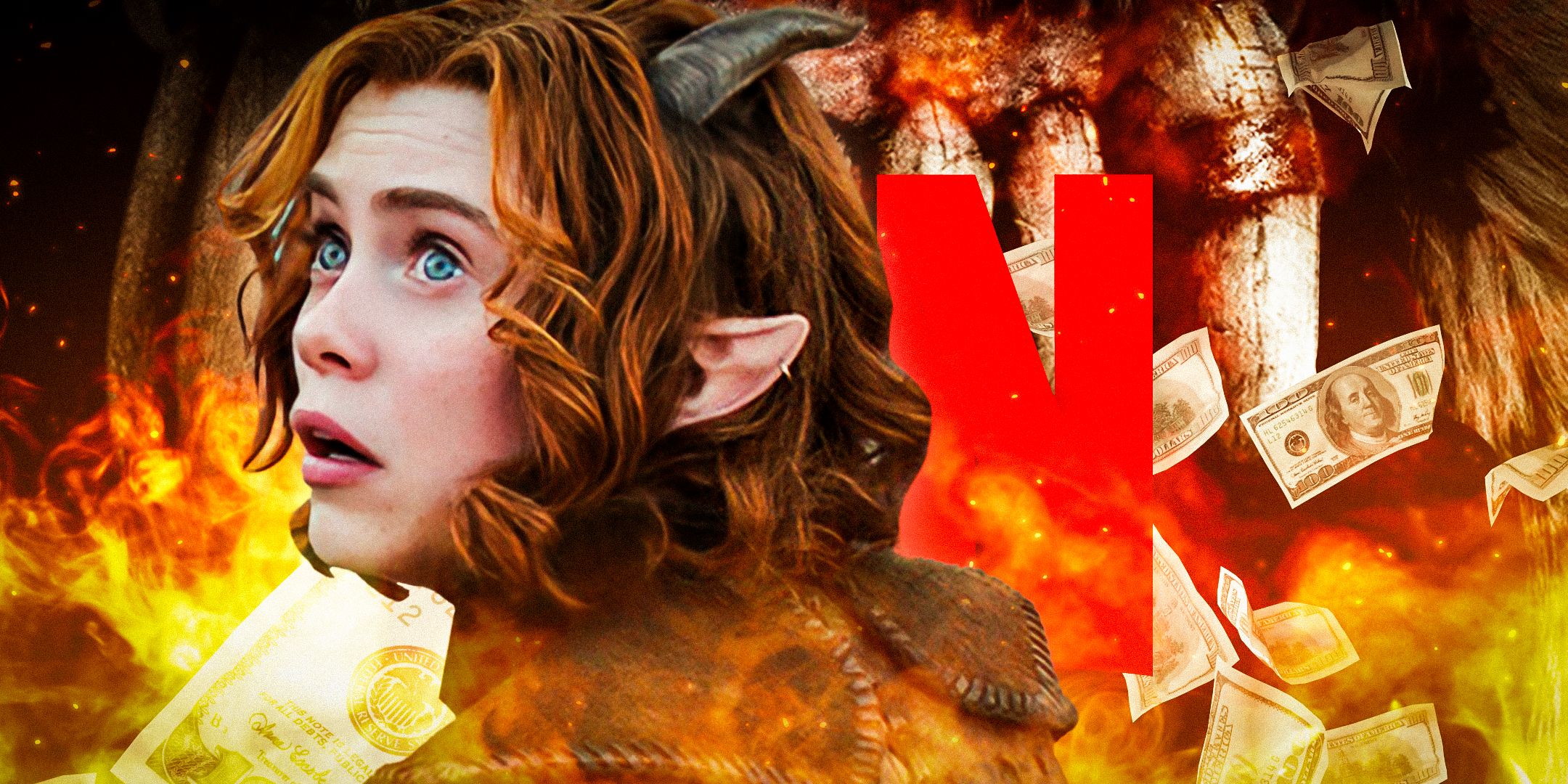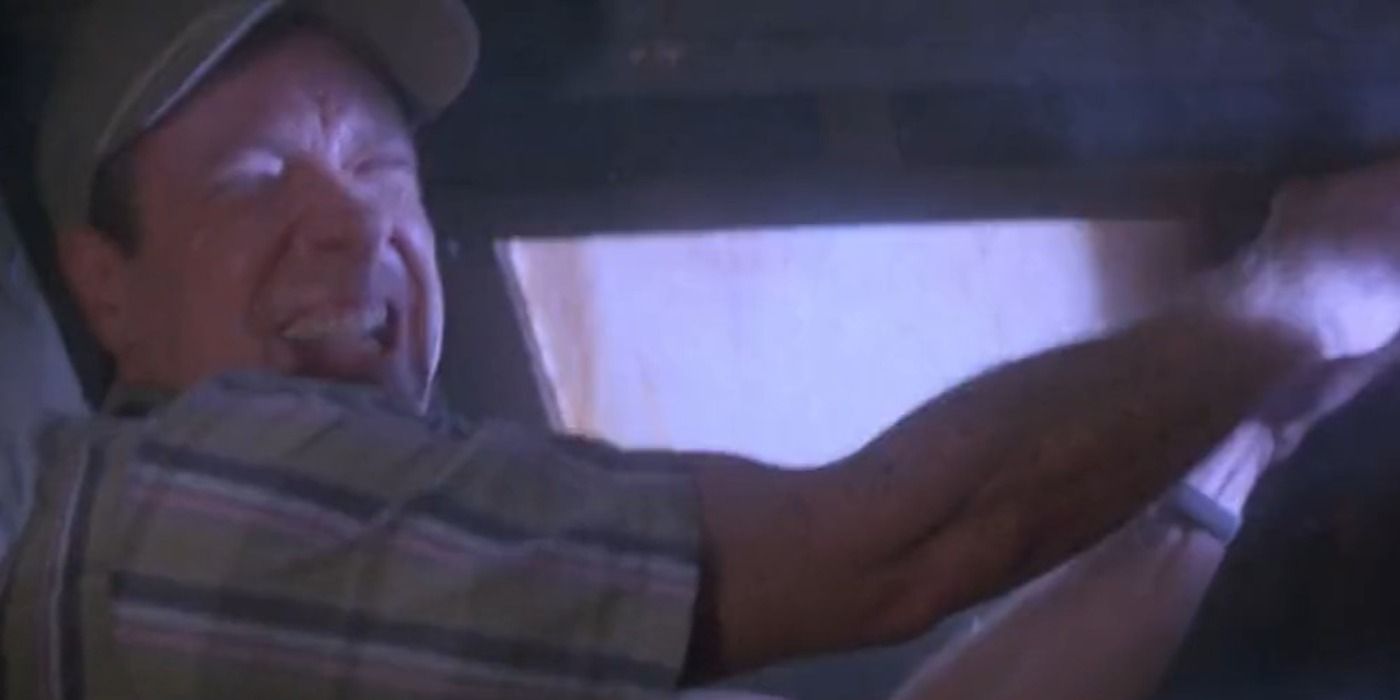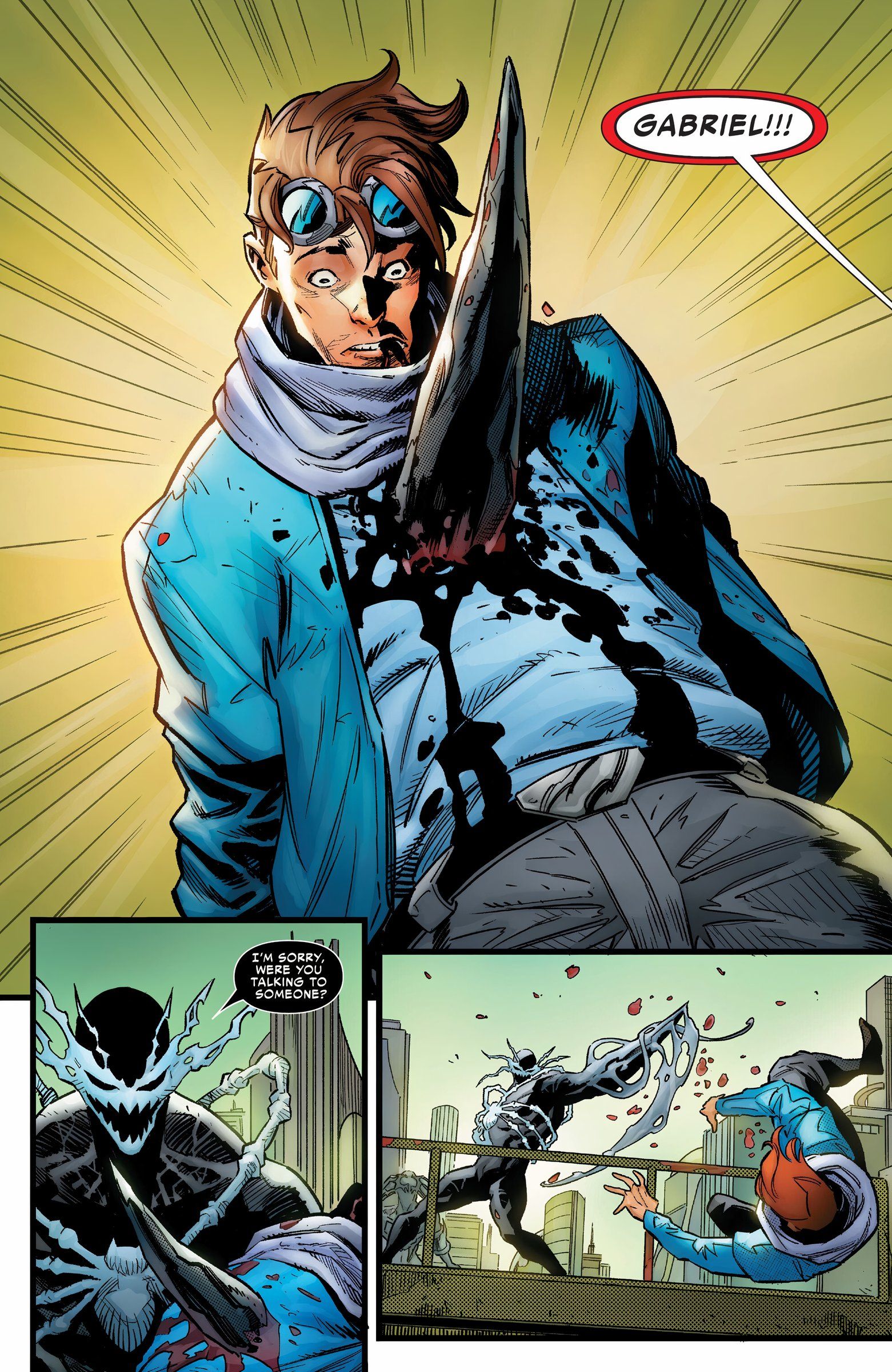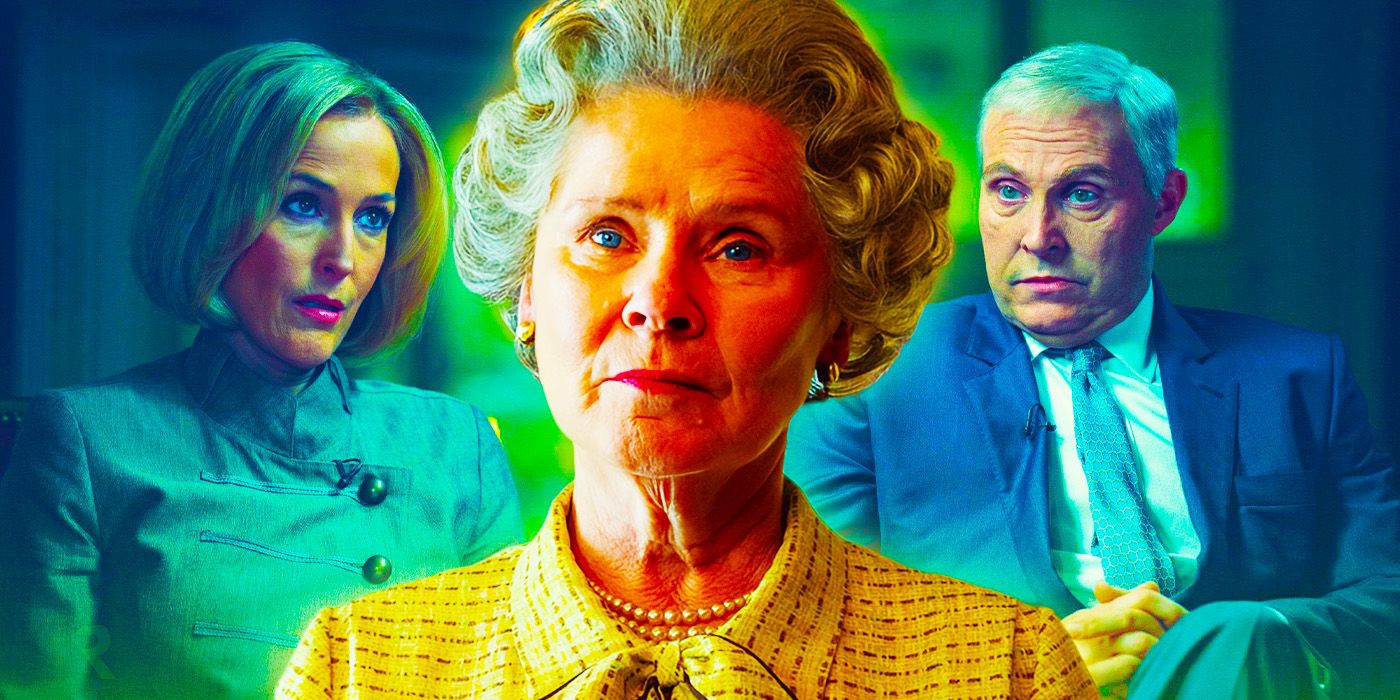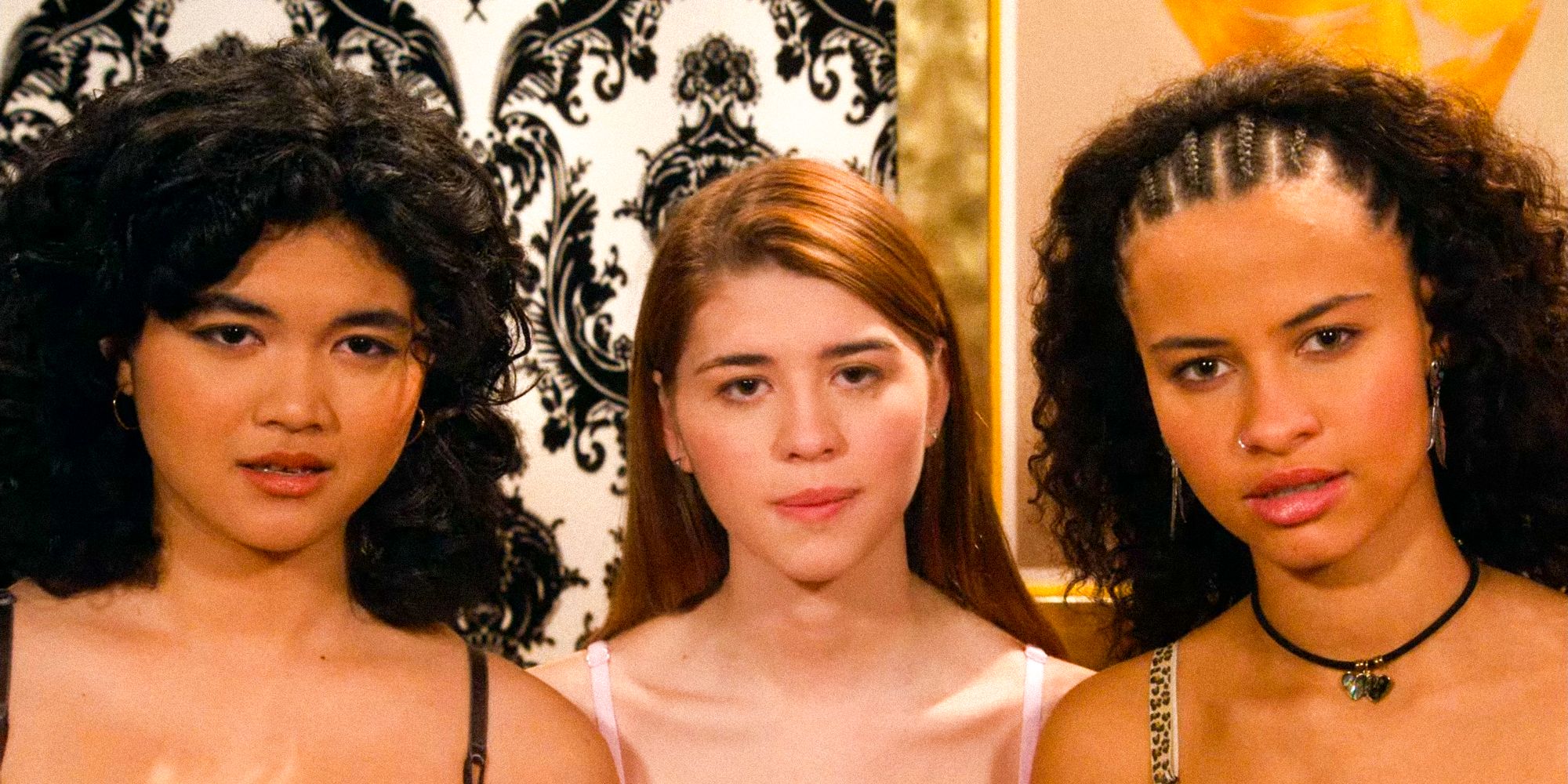Future Social Network director David Fincher’s Alien 3 was a famously flawed film but one of the movie’s most hated choices, the killing of Newt and Bishop, is actually a secretly brilliant decision. Endlessly rewritten and repeatedly revised, 1992’s Alien 3 is a cinematic case of too many cooks spoiling the broth, resulting in a movie which was all but disowned by its director at the time of release.
The long-awaited and much-hyped sequel to James Cameron’s 1986 hit Aliens and the third in a franchise that had begun with Ridley Scott’s 1979 masterpiece Alien, the film went through countless iterations before production began. There’s the famous wooden planet pitch, the Alien 3 treatment from Neuromancer author William Gibson, and even a version of the script which was penned by Pitch Black creator David Twohy, who recycled the elements of his script not used in Alien 3 throughout the Chronicles of Riddick franchise.
The film that viewers eventually got was a grim, gritty slog that combined disparate parts from the many script drafts into a never-particularly-cohesive whole. But despite Se7en helmer David Fincher’s slick, stylish direction, many fans tapped out of the movie early when one of the first scenes revealed that fan favorites Newt and Bishop were both dead. Both the little girl and the android (and possible secret villain) Bishop fail to survive their pod’s crash landing, leaving them unceremoniously killed offscreen and leaving Ripley alone in a prison for the remainder of the film’s action. It’s a choice many critics and viewers despised, but looking back on the franchise as a whole, it’s clear that this was the right call for the film to make.
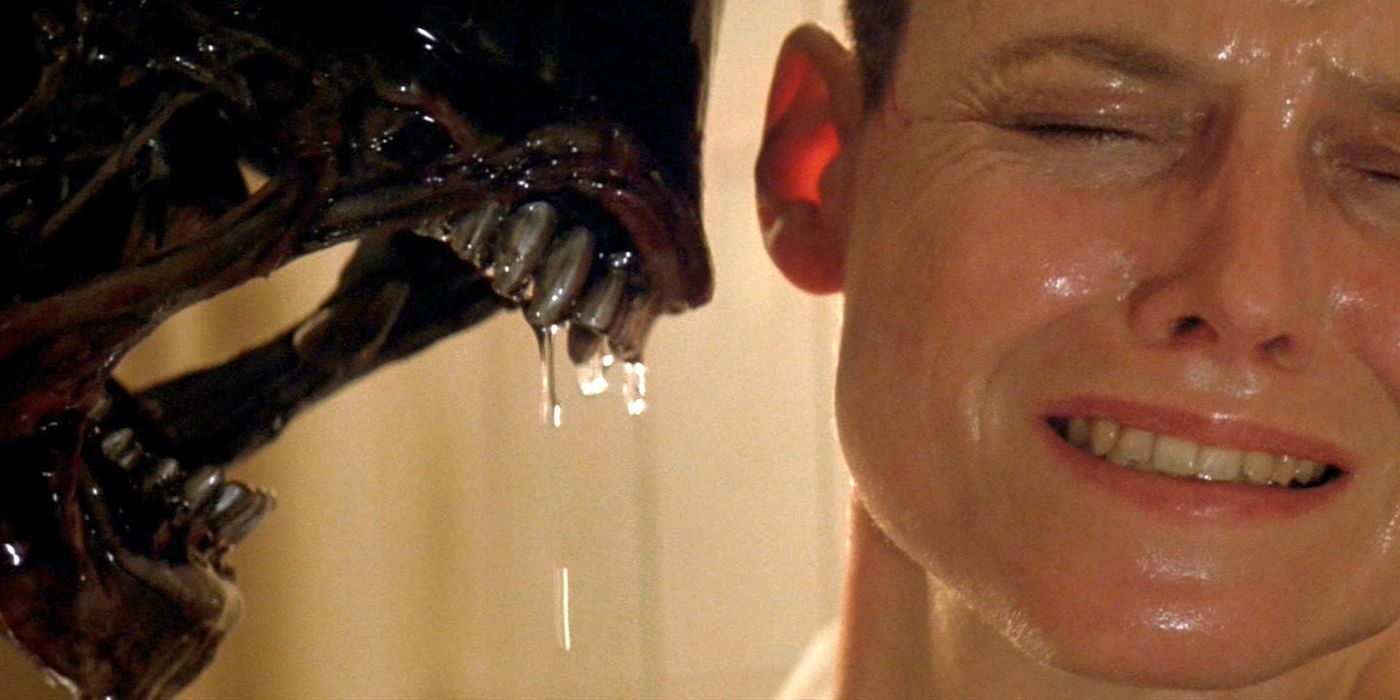
The high-octane action heroics of Aliens reestablished the Alien franchise as a horror series first and an action series second, which was necessary. As brutal as the film’s chosen method may have been, killing off the cutest characters was the fastest and clearest way to communicate this tonal shift. The first Alien was described by its director as a “haunted house in space” movie, and it exists squarely in the same territory as the later Event Horizon and The Thing. Those paranoid sci-fi horror movies owe a debt to Alien‘s hopeless atmosphere, a tone epitomized in the infamous tagline “In space, no one can hear you scream.” It’s a tense, claustrophobic, cinematic panic attack where no one is safe, as evidenced by the decision to kill off star John Hurt’s character in an early scene.
But 1986’s Aliens moved the franchise into something more akin to the adventure-horror-sci-fi style of Deep Rising or Leviathan, a monster movie which focused as much on the likable banter and interplay of its characters as it did on sustained sequences of intense terror. By the time Aliens‘ heavily-revised happy ending rolls around, Ripley is almost indestructible and has become a famous action heroine, meaning there would seemingly be no room for tension in the third installment, and nowhere for it to go without the deaths of Newt and Bishop.
It’s a brutal moment for the movies, but it needed to be there to bring Ripley and the audience back down to earth with a bang. By killing off the two most innocent characters in the franchise so far, Alien 3 makes it clear that it’s a far-cry from fun and triumphant action-adventure sensibilities, and will be returning to—and darkening—the first film’s already terrifying tone.
